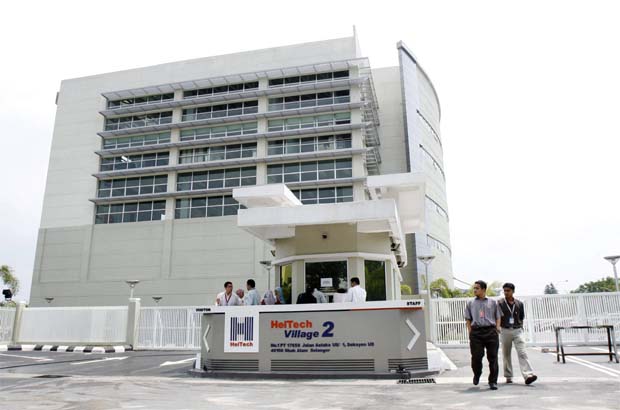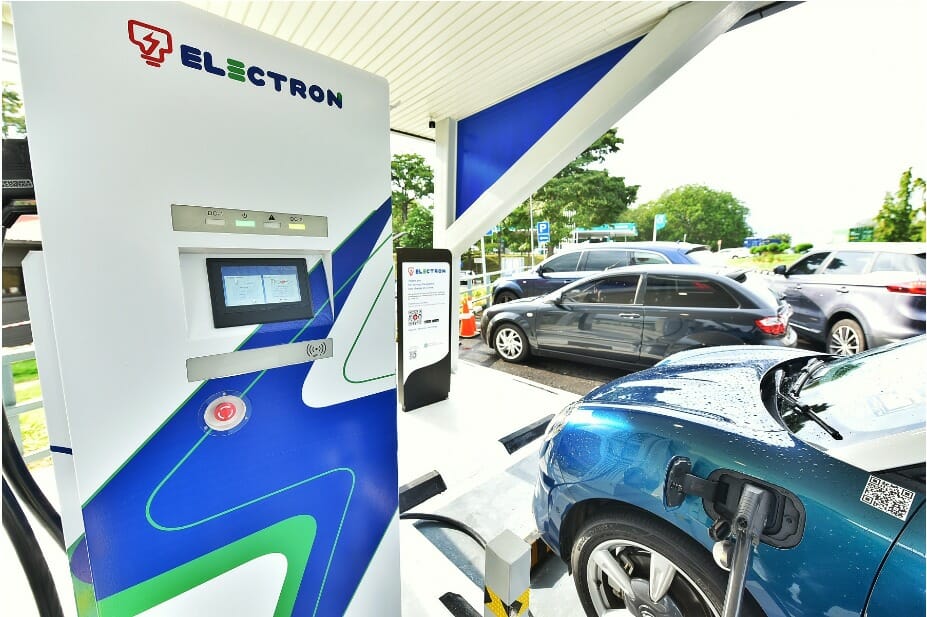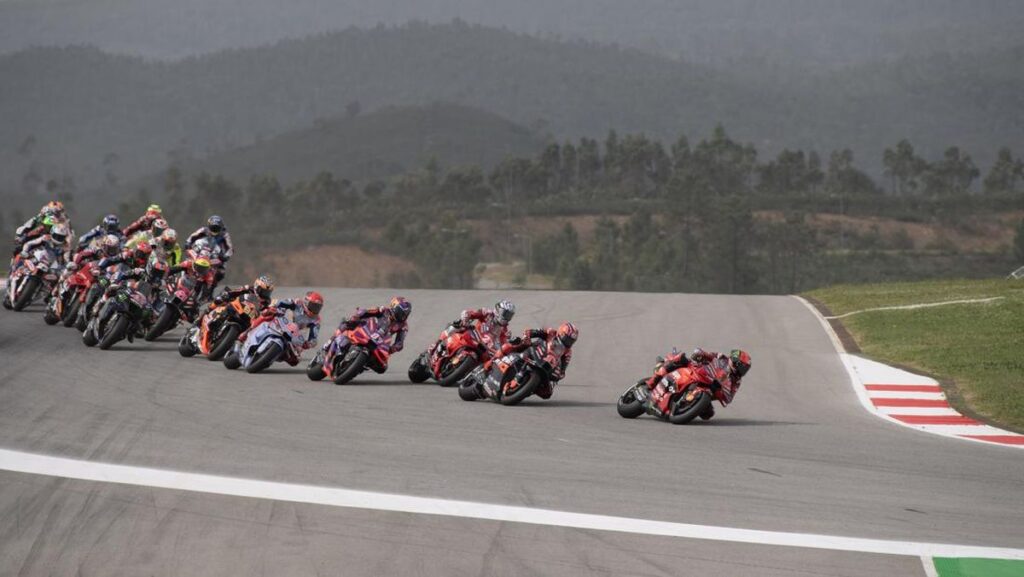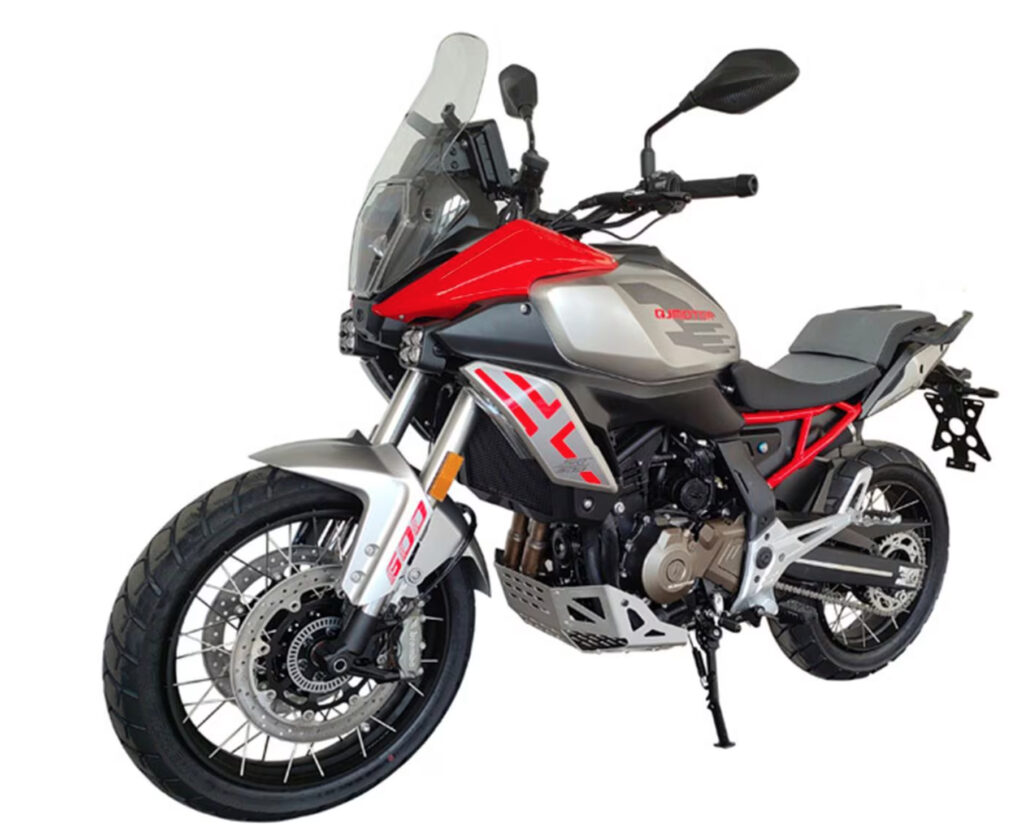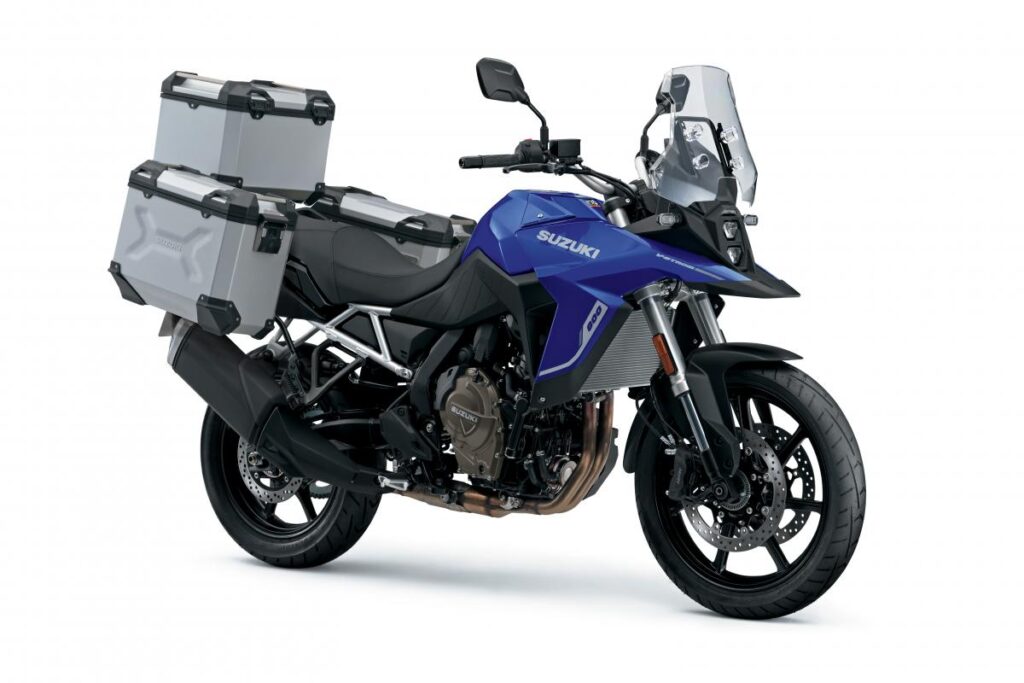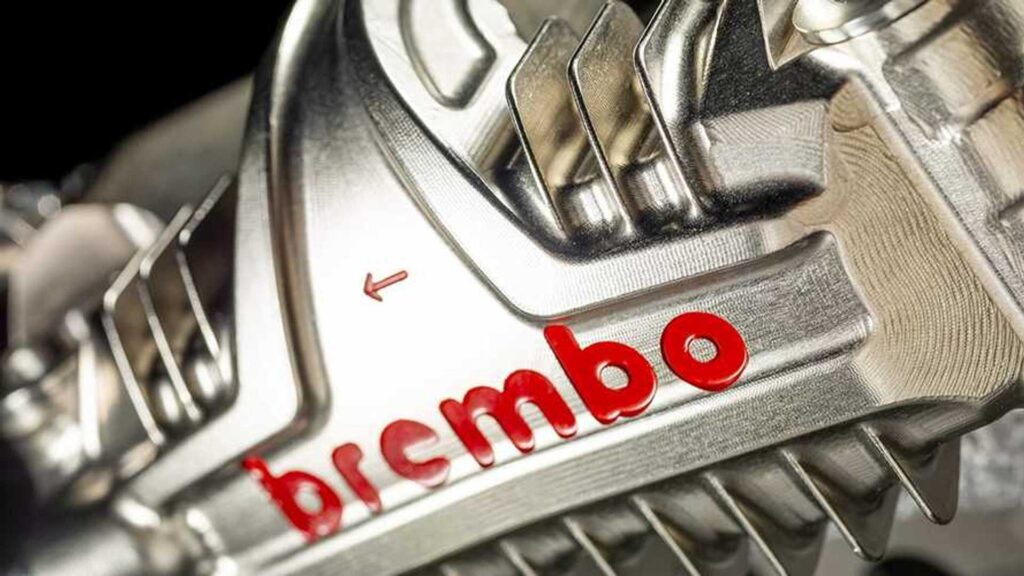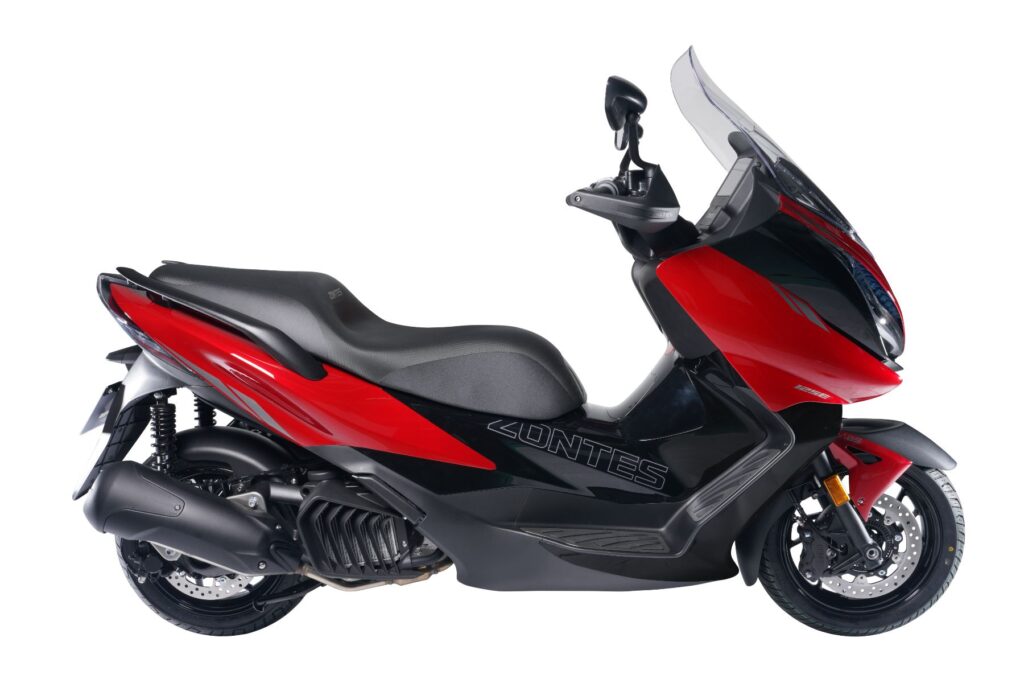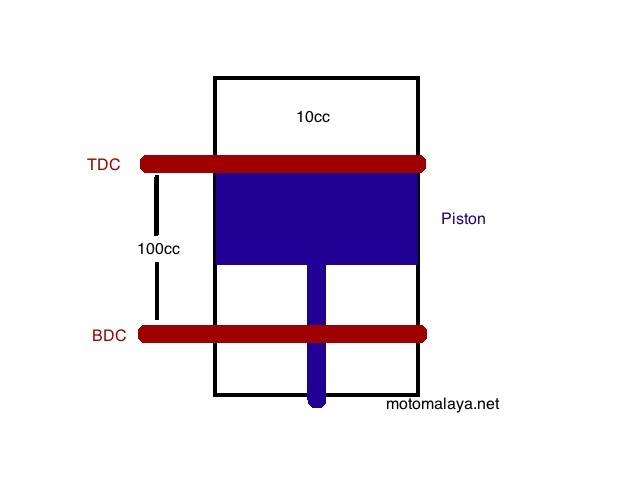
I’m doing a little of research about the compression ratio since I have done a test drive for the Suzuki Axelo 125 for Kapcai magazine December issue. Suzuki Axelo 125 have higher compression ratio compared to most of other bike in the category of 125cc moped. So, what is compression ratio?
I have a diagram above to show you what are the thing that you need to know before learning about the compression. Engine displacement or engine capacity (110cc or 125cc: this is engine capacity) are calculated from the bore and stroke that related to the TDC (Top Dead Center) and BDC (Bottom Dead Center). Above the TDC, there is small empty space between the piston and the engine head that contain the valve, that is being used for the combustion of the fuel and air.
Let say, the engine capacity is 100cc and the small empty space 10cc, so, you’ll get the ratio of the engine volume at 100cc:10cc. If we change the engine volume ratio to compression ratio, the bike actually have compression ratio of 10.0:1.0 or just 10:1.
Higher compression ratio = more power because the more ‘kick’ the piston will give in every power stroke of the engine, but why don’t all the bike manufacturer make bikes with high compression ratio? For example, Suzuki Axelo 125 is at 9.6:1, Lagenda 115ZR is at 9.3:1 whereby Wave RS is only at 9.0:1. High compression ratio have its advantages and disadvantages. High compression ratio engine will definitely give more power, but at the same time it will exert more stress to the engine parts such as the piston, connecting rod, gear box and crankshaft. Most of racing engine do have high compression ratio. Have you ever heard the terms ‘skim head’? This mean the rider want to minimise the the space between the of the piston and the engine head. Sometime, valve pocket are made so that the piston does not hit the valve because the space between the piston at TDC are now closer to the valve. Skimming head really do increase the compression ratio but this need to be done carefully and with minimal increase like 1mm per skim work to avoid the damage if the piston hit the valve.
Engines with low compression ratio are not all bad altogether. Low compression engine have its advantage in terms of engine reliability. There is low stress on the engine component, so you’ll have higher service mileage and longer lasting parts. Low compression are good for low maintainance cost. Most of Honda bikes have low compression ratio, but the Honda engineers has able to make low compression ratio engine to be on par with high compression engine of the same category. They have been using a lot of component with low friction like the introduction of roller rocker arm which is being used in Honda Wave Dash 110.
I hope my writings can give a little insight to you about compression ratio, because I was once a dummy about this topic even I have great passion about bike and bike’s engine and that’s the reason why you should know about it.


